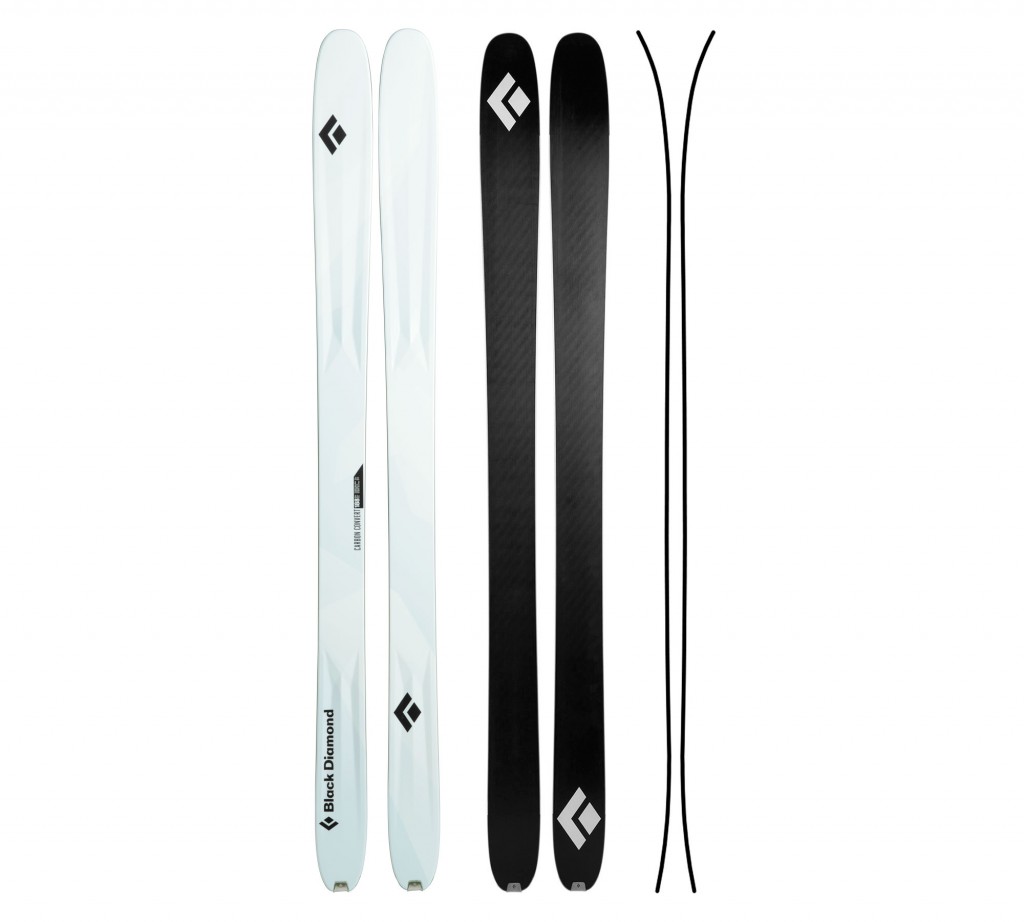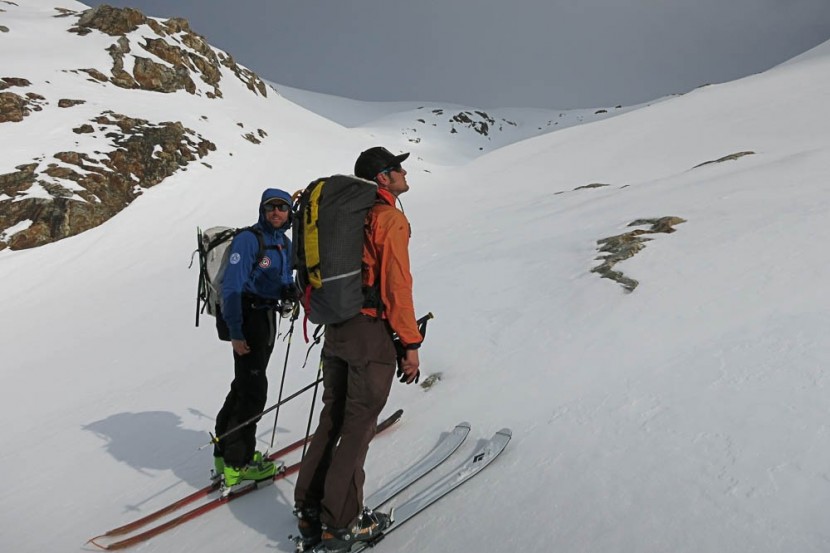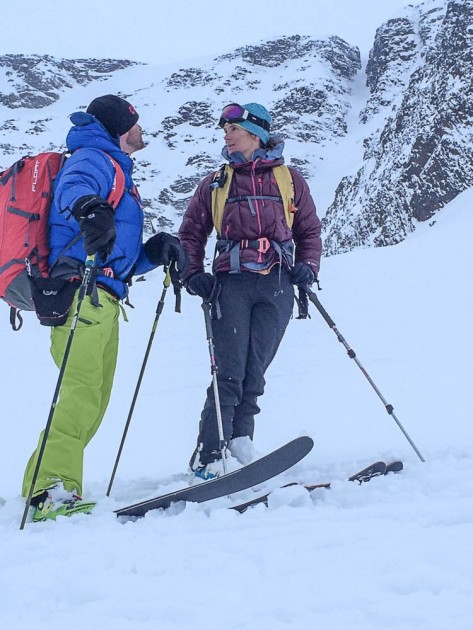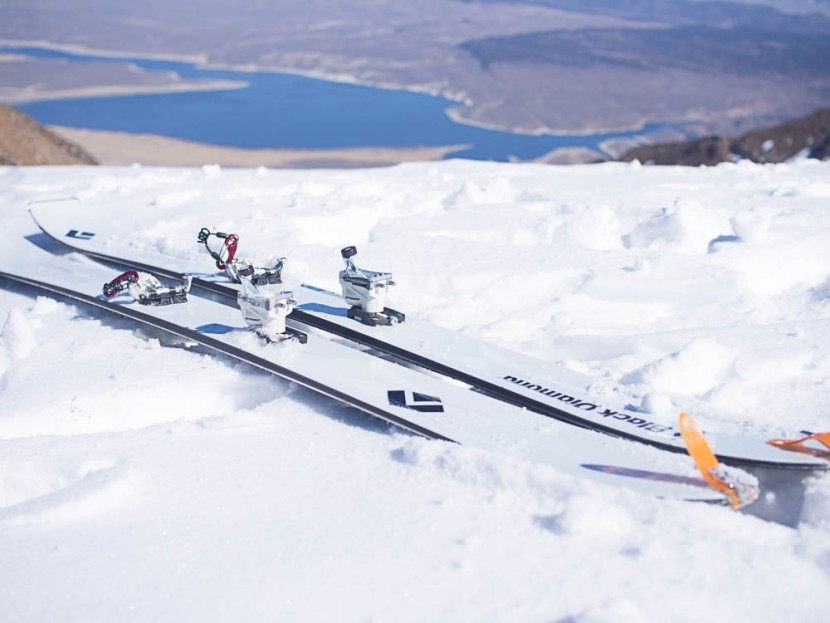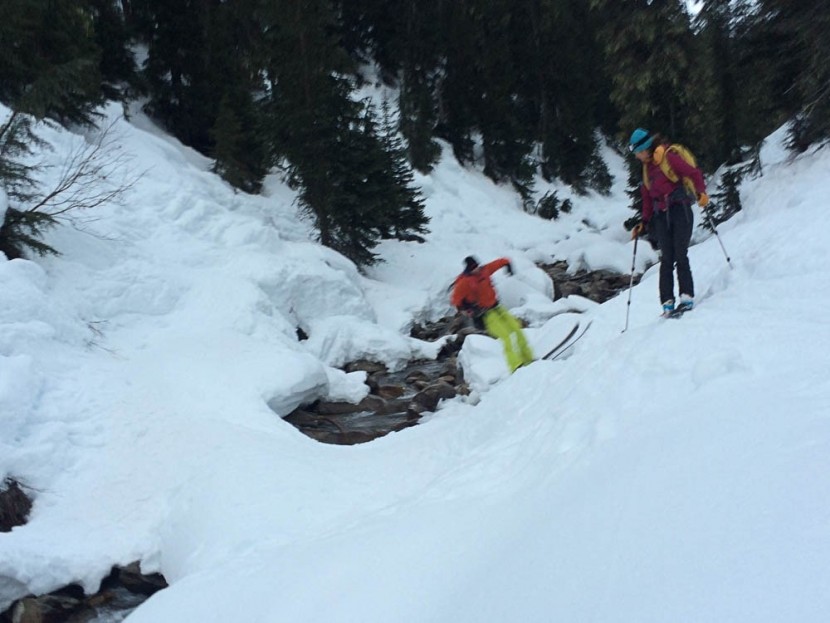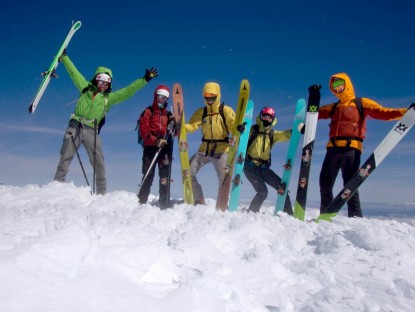Black Diamond Carbon Convert Review
Our Verdict
Our Analysis and Test Results
With the Carbon Convert, Black Diamond uses some innovative weight-savings techniques to differentiate their latest offering in the lightweight touring ski market.
Weight
Only one other ski in our test is wider than the Carbon Convert, and it is decidedly heavier than the Black Diamond. Even with its additional width, though, the Convert is still fifth ranked in our weight-per-surface-area calculations. The differences in the weight of these lightest products are negligible, as the lightest ski in our test, the La Sportiva Vapor Nano is just 15% lighter than the Convert. We are talking about a difference of less than one pound.
Stability at Speed
We evaluate stability by describing how the ski does at speed and when landing steep jump turns. There proves to be a strong correlation between performance in these two seemingly different situations. Those skis that fare well at speed also do well with high energy, steep skiing. With a rating of 7 out of 10, five of our tested ski models were more stable than the Convert. Our Editors Choice winner is the most stable, with Austrian pedigreed Volkl construction. The Top Pick Dynafit Cho Oyu is less stable at speed, but the narrow and stiff construction grab tenaciously on the steep and firm.
Firm Snow Performance
We tested all of our skis straight out of the wrapper. We did not tune them initially. In this configuration, the Carbon Convert grabbed unnervingly on hard snow. The tails just wouldn't let go. It was so dramatic that our tester at the time did a mid-tour, rock detuning on the tail edges. This mainly addressed it for the remainder of that trip. Like with all of our skis, we then had the Convert professionally tuned. After this, the Convert still grabbed a little, but not such that an adjustment in technique could not overcome. It was this ski in firm snow that demonstrated the greatest difference between brand new and properly tuned. Once properly tuned, the Convert held on firm snow predictably but not with any remarkable tenacity.
Powder Performance
One of the rowdiest days of our 2015 season was in bottomless powder in the Forever Young couloir at Rogers Pass, Colorado. We skied perfect snow in touchy avalanche conditions in this mega epic line. While the snow was truly heroic, we also had to be able to turn exactly where needed. The Converts did the job, and the rider had fun doing it. Any one of the skis we tested would have done the same thing, however. Good powder is easy to ski. It's that simple.
Crud/Poor Snow Performance
Along with the Best Buy Fischer Hannibal, the Convert is the only ultra light ski to earn a poor snow rating of greater than 7. For just a few more ounces, the G3 Synapse Carbon 109 is the best poor snow ski in our review. The G3 made breakable crust fun and earned a perfect 10 in this category, while the Convert and others made turns without reverting to survival techniques.
Best Applications
These are great tools for all-around backcountry ski touring. They're lightweight for the uphill. What weight they do have is invested in places and materials that truly make a difference in ski performance.
Value
Only the La Sportiva Vapor Nano and Volkl BMT are more expensive than the Carbon Convert, while the G3 Synapse Carbon is the same retail price. This is no mystery, as the extensive use of carbon fiber in all of these models adds significant expense. The good news, as it pertains to value, is that carbon makes for significant weight savings, and simultaneously enhances performance. Lastly, the flex characteristics of carbon fiber, all else equal, are more lasting than those of wood alone.
Conclusion
Most of our testers liked but didn't love the Carbon Convert. One diehard Teton skier busted out back-to-back 6000 vertical foot touring days on the Converts and found that once she adjusted to what she called a “forward sweet spot”, they were damp and fun and predictable.


